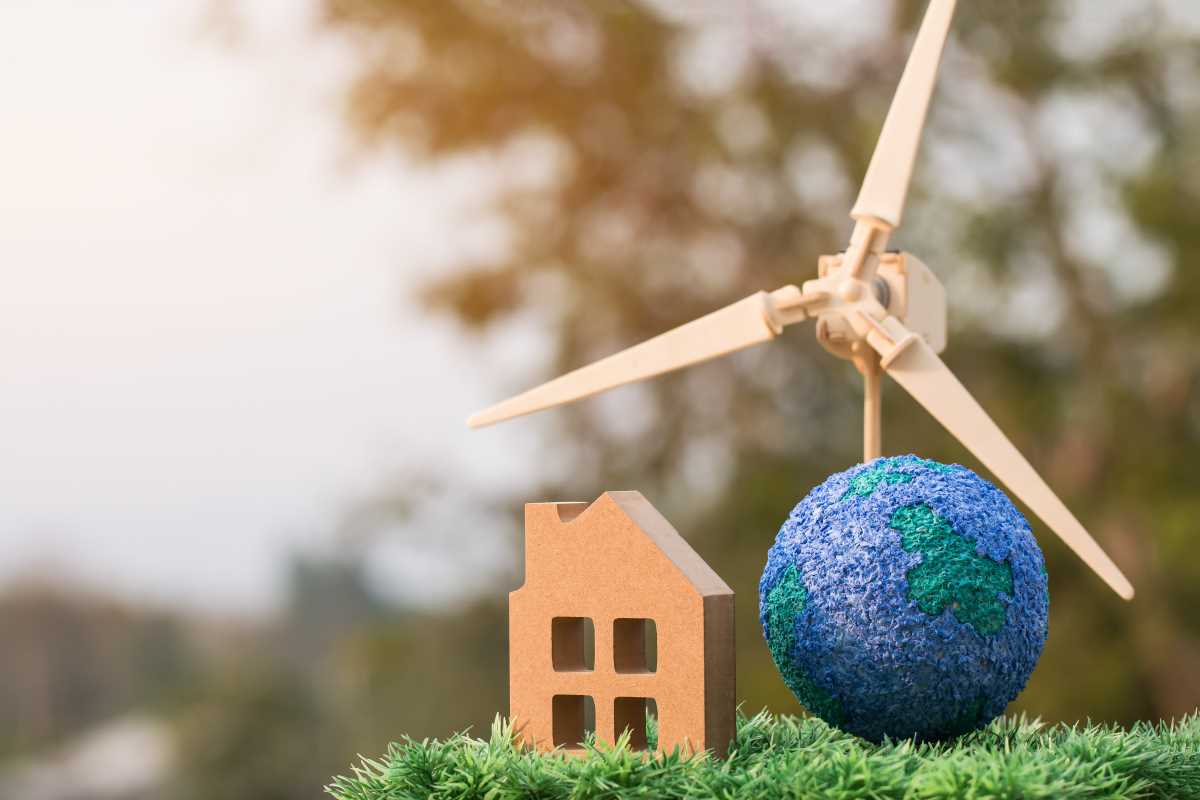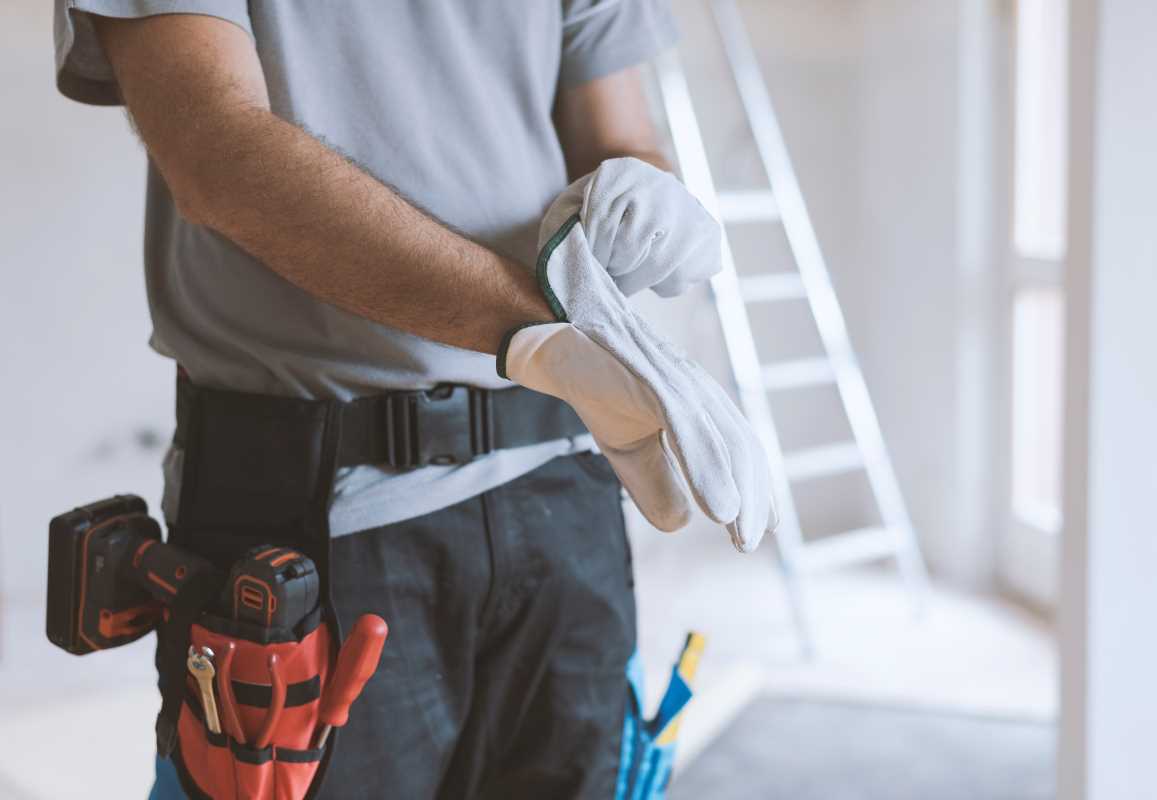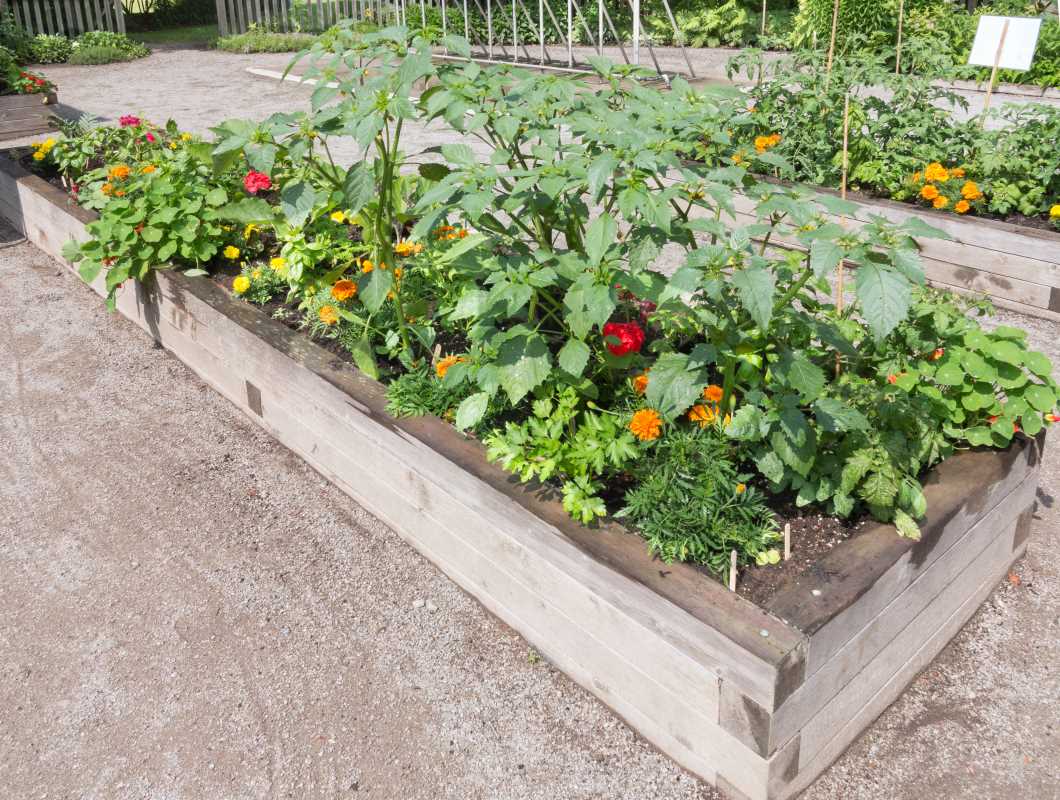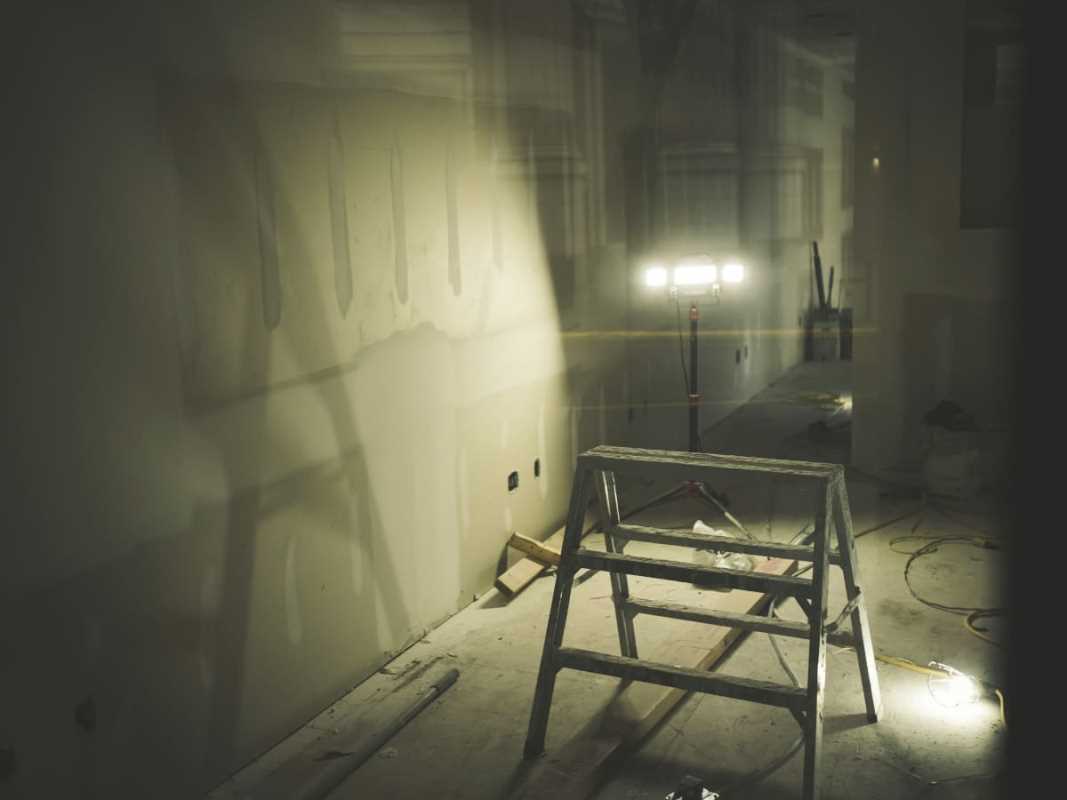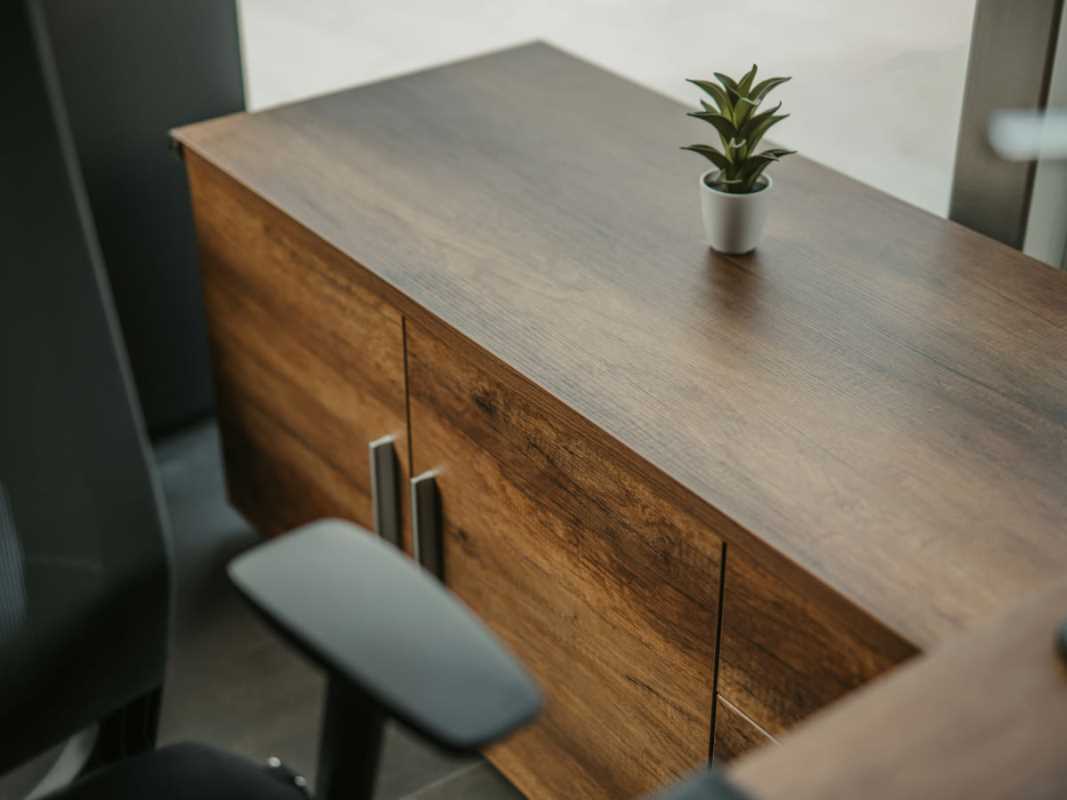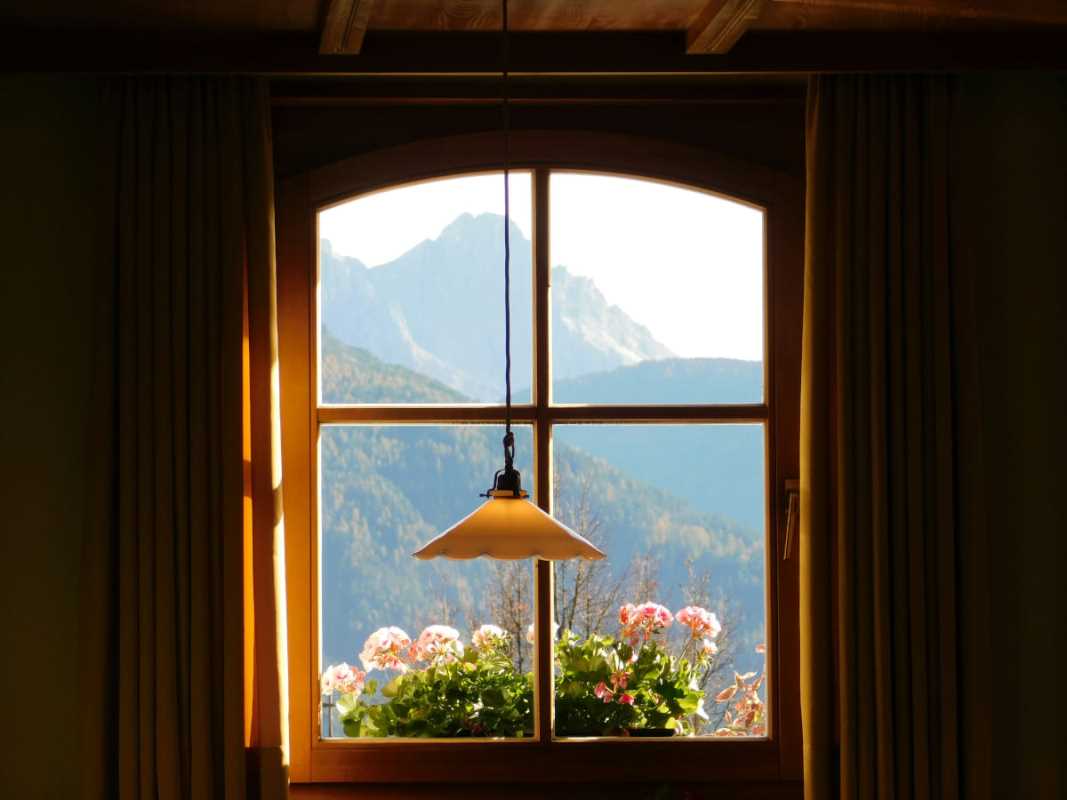Transforming your home into an eco-friendly space benefits the planet, creates a healthier environment for you and your family, and may even save you money on energy costs. Eco-friendly home design is about choosing materials, systems, and layouts that minimize waste, conserve resources, and work harmoniously with nature. These upgrades go beyond recycling bins and energy-efficient bulbs, offering deeper, practical changes that make a big impact. We'll walk you through specific design options that enhance sustainability and efficiency in your home. It doesn't matter if you’re building from scratch or updating an existing house. There’s a solution to fit your goals and budget.
Use Sustainable Building Materials
The materials you choose for construction or remodeling can make a massive difference to your home’s environmental footprint. Sustainable building materials are sourced or created in ways that reduce harm to the planet.
Options to Consider:
- Bamboo Flooring: Bamboo grows quickly compared to trees, making it a renewable resource for flooring. It’s also durable and stylish, with a natural finish that complements modern and rustic designs.
- Recycled Metal Roofing: Metal roofs made from recycled materials are long-lasting, energy-efficient, and recyclable themselves, making them an excellent eco-friendly choice.
- Reclaimed Wood: Using wood salvaged from old buildings or furniture adds character and reduces the need for cutting down new trees.
- Insulated Concrete Forms (ICFs): These forms create highly energy-efficient walls that help regulate indoor temperature, reducing energy consumption.
Sustainability doesn’t mean sacrificing style. Many of these materials come in a variety of designs and finishes to match almost any aesthetic. Research certifications labels on wood products to make sure they are sustainably sourced.
Focus on Energy Efficiency
Energy-efficient home designs reduce reliance on non-renewable energy sources and cut down utility bills. Incorporating smart technology and passive design features makes these systems even more effective.
Ideas for Energy-Efficient Upgrades:
- Solar Panels: Installing photovoltaic panels on your roof generates clean energy and cuts electricity costs. Modern panels can integrate with batteries to store energy for later use.
- Energy-Efficient Windows: Double- or triple-pane windows with low-emissivity (Low-E) coatings block heat loss in winter and reduce heat gain in summer.
- Smart Thermostats: Devices like the Nest or Ecobee learn your daily behaviors and adjust heating and cooling settings to save energy.
Proper insulation in your attic, walls, and floors also plays a significant role in energy efficiency. Without it, heating and cooling systems work harder, increasing costs and emissions. Position windows, skylights, and doors to add natural light and ventilation, which reduces energy needs for lighting and air conditioning.
Water Conservation Solutions
Reducing water waste is an essential component of eco-friendly home design. By adopting water-saving technologies, you’re using this precious resource more efficiently.
Ways to Conserve Water:
- Low-Flow Fixtures: Install water-saving faucets, showerheads, and toilets that maintain performance.
- Rainwater Harvesting: Collecting rainwater in barrels or cisterns provides an eco-friendly way to irrigate your garden or wash outdoor surfaces.
- Tankless Water Heaters: These heaters provide hot water on demand without storing it, reducing energy and water waste.
Landscaping with drought-tolerant plants or xeriscaping further reduces water usage and helps keep your yard lush and green. Look for products with WaterSense labels, which are certified to save water while maintaining high performance.
Incorporate Renewable Energy
Switching to renewable energy sources lowers emissions and helps homeowners take control of their energy use. Renewable systems transform your house into a self-reliant energy hub.
Renewable Energy Options:
- Wind Turbines: Compact residential wind turbines offer an alternative energy source in areas with consistent wind speeds.
- Geothermal Heating and Cooling: Geothermal systems use the Earth's stable underground temperatures to regulate indoor climate efficiently.
- Solar Water Heaters: Heat water using solar collectors, reducing the need for traditional water heating systems.
Combining renewables with energy storage systems like home batteries means you have a steady supply of green energy, even during cloudy days or power outages. Consider rebates and tax incentives for renewable systems to offset installation costs and make upgrades more affordable.
Choose Eco-Friendly Furniture and Decor
Sustainability extends to the furnishings and finishes in your home. Eco-friendly choices include pieces made with sustainable materials and manufacturing processes.
Stylish Options:
- Natural Fiber Rugs: Rugs made from organic cotton, jute, or wool add texture to your space while being biodegradable.
- Vintage or Secondhand Furniture: Reusing furniture minimizes waste and often results in unique, one-of-a-kind pieces.
- Non-Toxic Paints and Finishes: Look for zero-VOC (volatile organic compound) options to improve indoor air quality.
Even small changes like switching to LED bulbs in decorative fixtures can support a more sustainable home. Shop from local artisans to reduce the carbon footprint of shipping furniture and to support your community’s economy.
Create an Eco-Friendly Exterior
The exterior of your home offers plenty of opportunities to improve sustainability. These updates improve your backyard’s functionality and help protect the environment.
Outdoor Enhancements:
- Green Roofs: Installing vegetation on part of your roof reduces stormwater runoff, provides insulation, and lowers urban heat.
- Permeable Paving: Materials like gravel or permeable concrete prevent water runoff and allow rain to filter back into the ground.
- Composting Stations: Turn kitchen and garden waste into nutrient-rich compost for your plants, reducing landfill contributions.
Well-placed trees and plants increase shade around your home, lowering cooling costs during summer months. Plant native species in your yard to create a low-maintenance landscape that thrives naturally in your climate without excessive watering.
Design for Waste Reduction
Homes designed with waste reduction in mind have built-in systems to minimize environmental impacts over the long term.
Waste Reduction Ideas:
- Built-In Recycling Stations: Create designated spaces for sorting recyclables and compost, making it easy to manage household waste.
- Modular Construction: Build with prefabricated modular components, which generate less waste during construction and are often reusable.
- Durable Materials: Use materials designed to last longer, reducing the need for frequent replacements.
For existing homes, deconstruction instead of demolition reuses materials when remodeling or upgrading and prevents waste. Work with contractors who recycle old materials and adhere to green building standards for sustainable construction practices.
